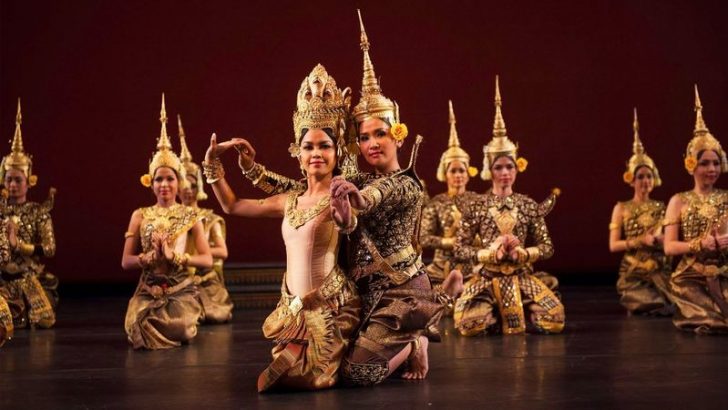Throughout history, various civilizations have worshiped a myriad of deities, some of whom transcended their original cultures to gain followers far and wide. These gods and goddesses not only influenced religious practices but also shaped cultural narratives and human behaviors. In this article, we explore twelve such divine figures revered by multiple societies, each with its own unique traits, stories, and iconography. From the wisdom of Athena to the might of Thor, these deities illustrate the universal elements of human spirituality, connecting diverse cultures through shared beliefs and mythologies.
1. Zeus
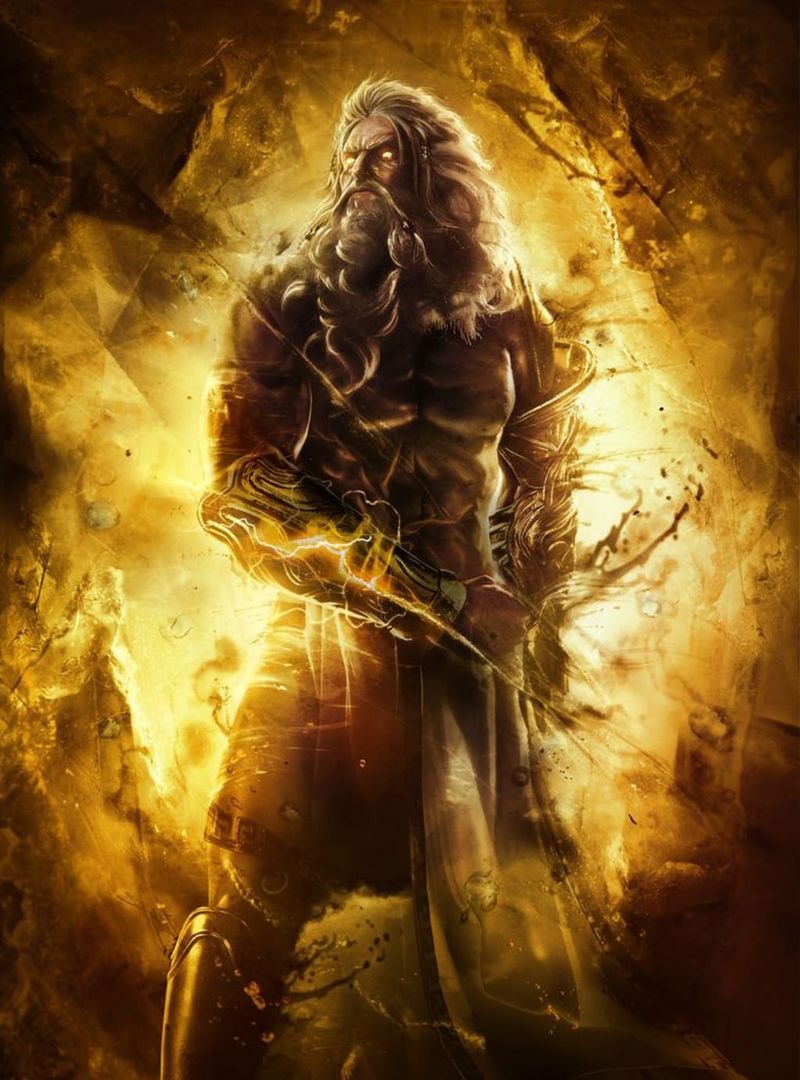
Did you know Zeus is often referred to as the ‘Father of Gods and men’? As the king of the Greek gods, Zeus ruled from Mount Olympus, wielding his mighty thunderbolt. Revered for his authority and governance, his tale transcended Greece, influencing Roman mythology as Jupiter.
His exploits and wisdom made him a symbol of justice and order. With numerous temples dedicated to him, Zeus remains a powerful figure in mythology and literature, embodying strength and leadership.
Despite his supreme position, tales of his numerous affairs add complexity to his legacy, making Zeus a multifaceted deity.
2. Athena
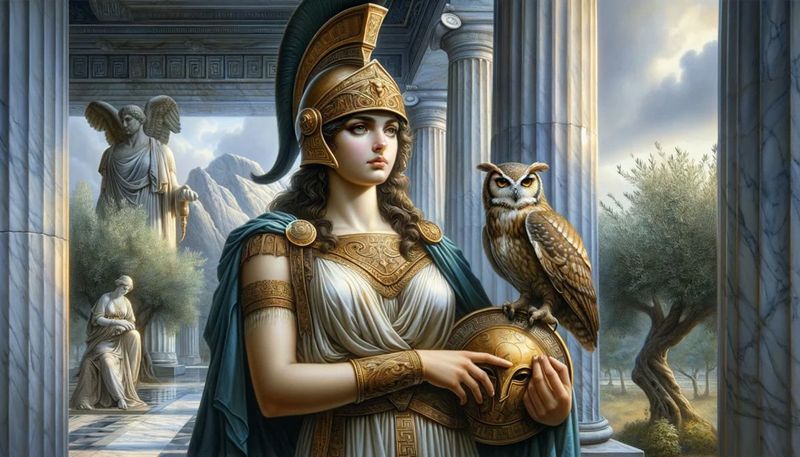
Athena, the Greek goddess of wisdom, warfare, and crafts, was born from the head of Zeus, fully grown and armored. Known for her strategic prowess, she was the patroness of Athens, where the Parthenon was dedicated to her.
Her representation with an owl symbolizes wisdom and insight. Athena’s influence spread to Roman mythology as Minerva, preserving her attributes of intelligence and strategy.
Her virginity and rational demeanor contrasted other deities, making her a revered and respected figure. Mythological tales celebrate her guidance to heroes like Odysseus, emphasizing her role as a protector and strategist.
3. Thor
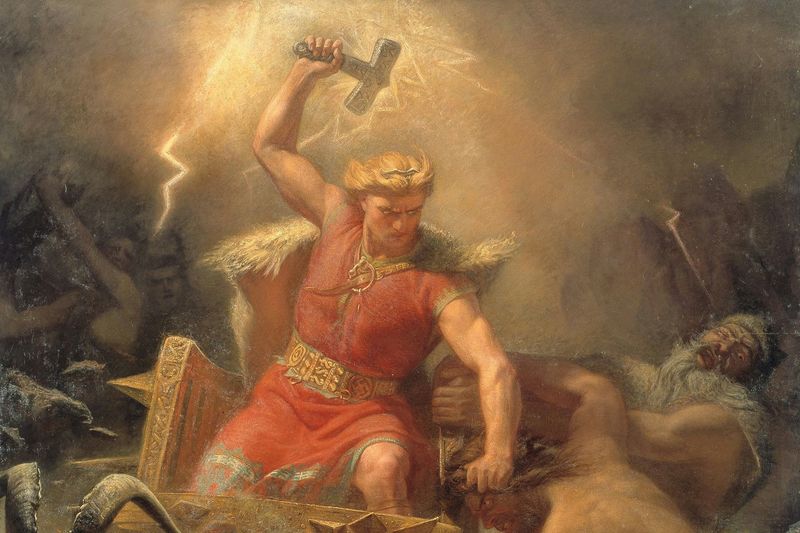
Thor, the hammer-wielding Norse god of thunder, was a fierce protector, revered by the Vikings. His mighty hammer, Mjölnir, symbolized his role as a defender against chaos and evil, a trait celebrated in Norse sagas.
As a son of Odin, Thor’s legend spread beyond Scandinavia, influencing popular culture, including comic books and films. His red-haired, robust image represents strength and protection in various narratives.
With a chariot pulled by goats, Thor’s adventurous tales, like his quest to retrieve his stolen hammer, highlight his bravery and unwavering spirit, securing his place in mythological and modern lore.
4. Isis
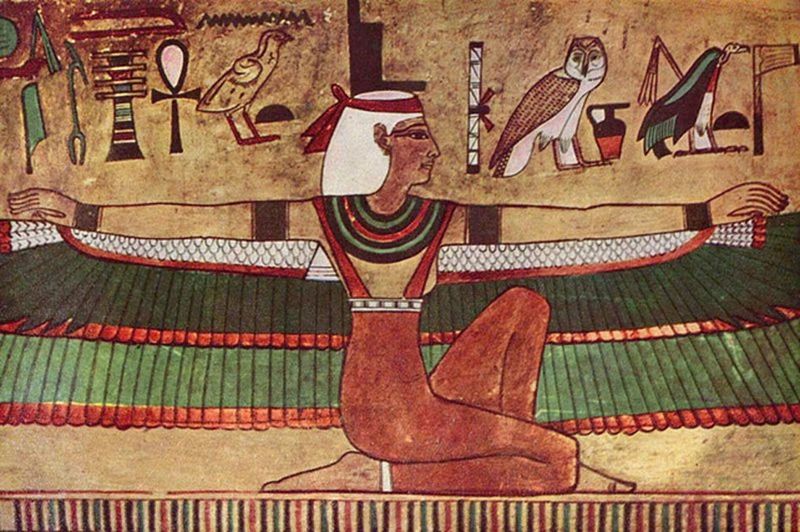
Isis, a central figure in Egyptian mythology, epitomized the perfect mother and wife. She was a powerful magician, known for resurrecting her husband Osiris and nurturing their son Horus.
Her worship extended beyond Egypt, influencing Greco-Roman culture, where she was venerated as the goddess of nature and magic. Isis’s symbolism of fertility and motherhood connected her with the daily lives of ancient people.
Depictions often show her with wings, symbolizing protection and guidance. Isis’s enduring legacy highlights themes of love, resurrection, and the divine feminine, making her a beloved figure across civilizations.
5. Horus
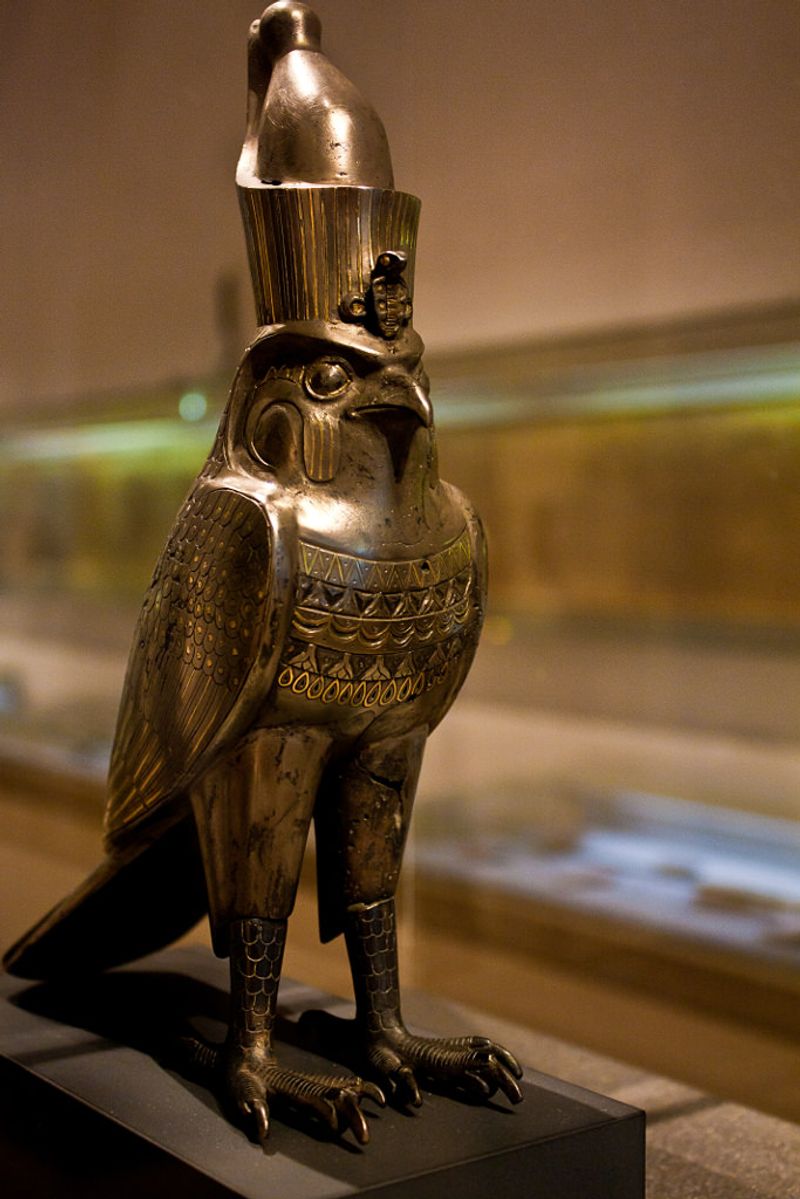
Horus, the falcon-headed god, stood as a symbol of kingship and protection in ancient Egypt. Known as the son of Isis and Osiris, he avenged his father’s death, embodying justice and rightful rule.
Pharaohs were considered incarnations of Horus, linking the divine with the earthly realm. His eye, the “Eye of Horus,” became a powerful symbol of protection and healing.
Horus’s influence stretched beyond Egypt, impacting cultural iconography and art. His story, filled with battles and triumphs, illustrates the eternal struggle between good and evil, making him an enduring figure in mythology and beyond.
6. Anubis
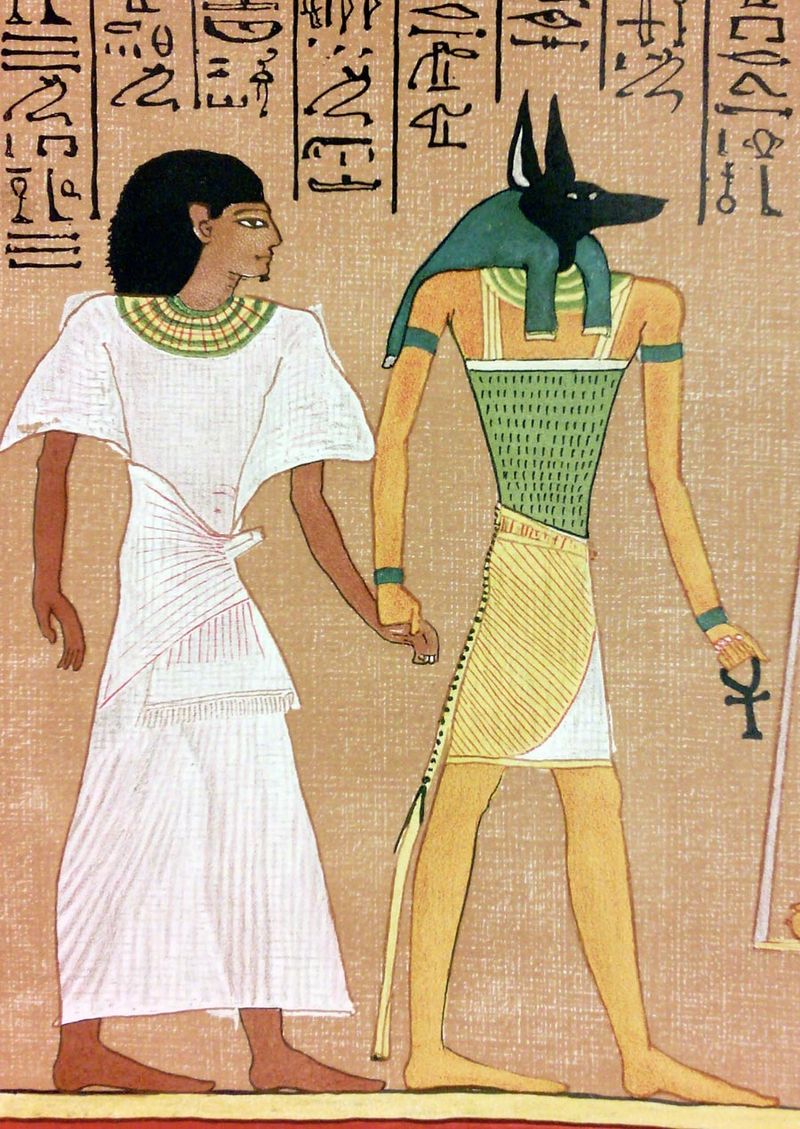
Anubis, the jackal-headed god of mummification and the afterlife, held a crucial role in Egyptian mythology. As a guide for souls, he ensured the safe passage of the deceased to the afterlife, presiding over the weighing of the heart ceremony.
His association with embalming and tombs made him a protector of the dead, revered across Egypt. Anubis’s image often featured prominently in funerary art and artifacts.
His role extended beyond mythology, influencing perceptions of death and the afterlife in various cultures. Anubis’s enigmatic figure continues to captivate, symbolizing transition and protection.
7. Apollo
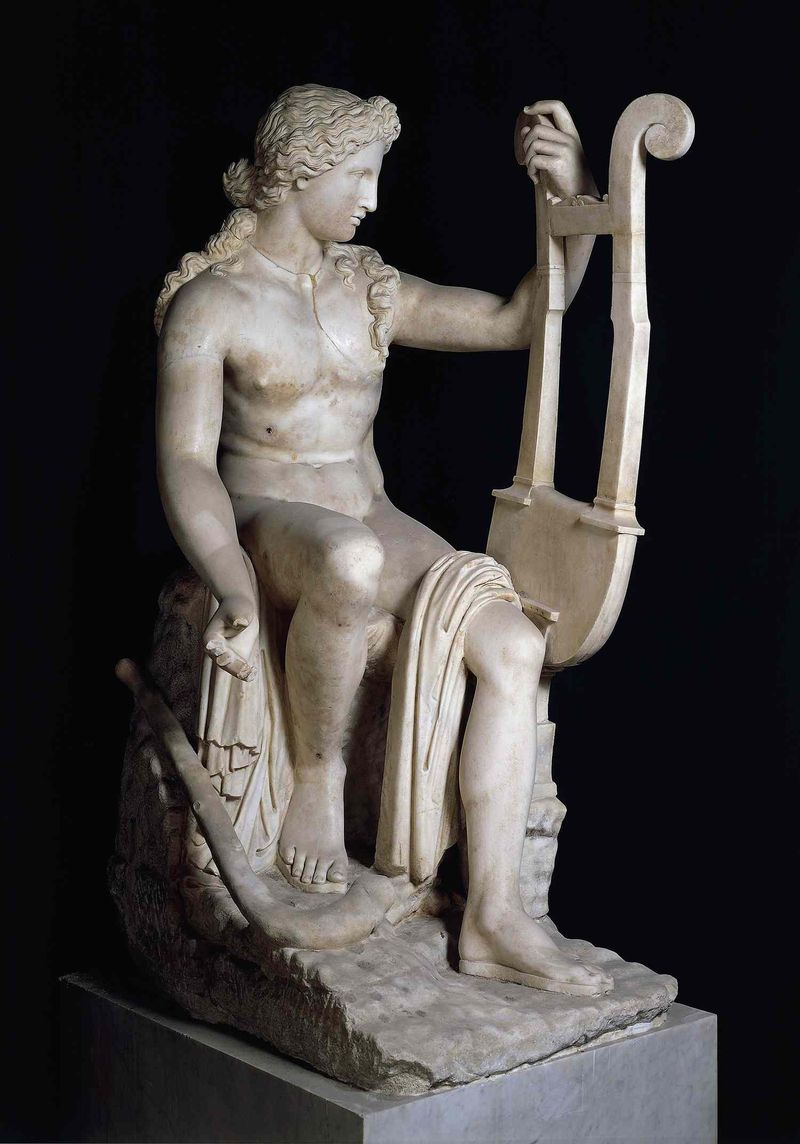
Apollo, the Greek god of music, prophecy, and healing, was admired for his artistic and intellectual pursuits. Known for his oracle at Delphi, Apollo’s influence reached far across Greece and Rome, where he was also worshiped as a god of the Sun.
His twin sister, Artemis, shared his grace and skill. Apollo’s association with the lyre highlights his musical genius, celebrated in poetry and song.
Legends of his affairs and divine interventions showcase Apollo’s multifaceted nature, blending creativity with discipline. His radiant presence and cultural impact make him a timeless figure in mythology.
8. Artemis
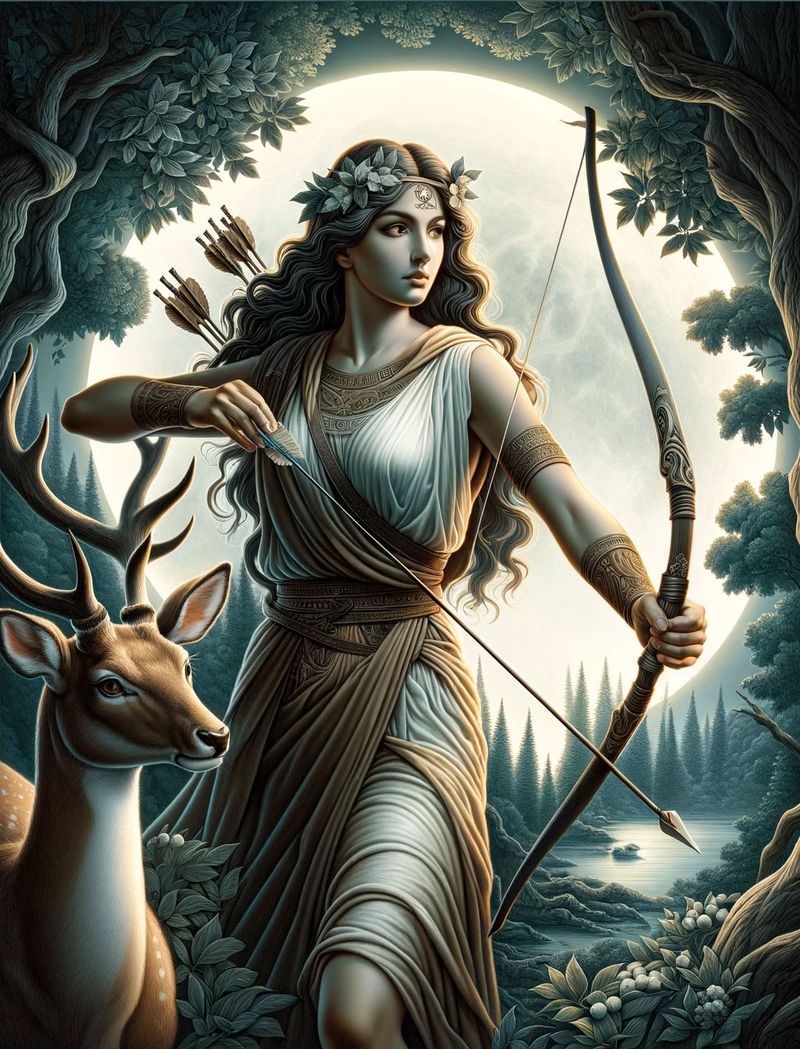
Artemis, the Greek goddess of the hunt and wilderness, was a fierce protector of the natural world. Twin sister to Apollo, she was venerated for her independence and connection with wildlife.
Her preference for solitude and chastity distinguished her from other deities, embodying the spirit of untamed nature. Artemis’s worship extended to Rome as Diana, preserving her association with the moon and wild animals.
Her portrayal as a youthful huntress underscores her agility and strength. Tales of Artemis’s adventures, such as protecting her sacred groves, highlight her unwavering dedication to nature and freedom.
9. Hathor
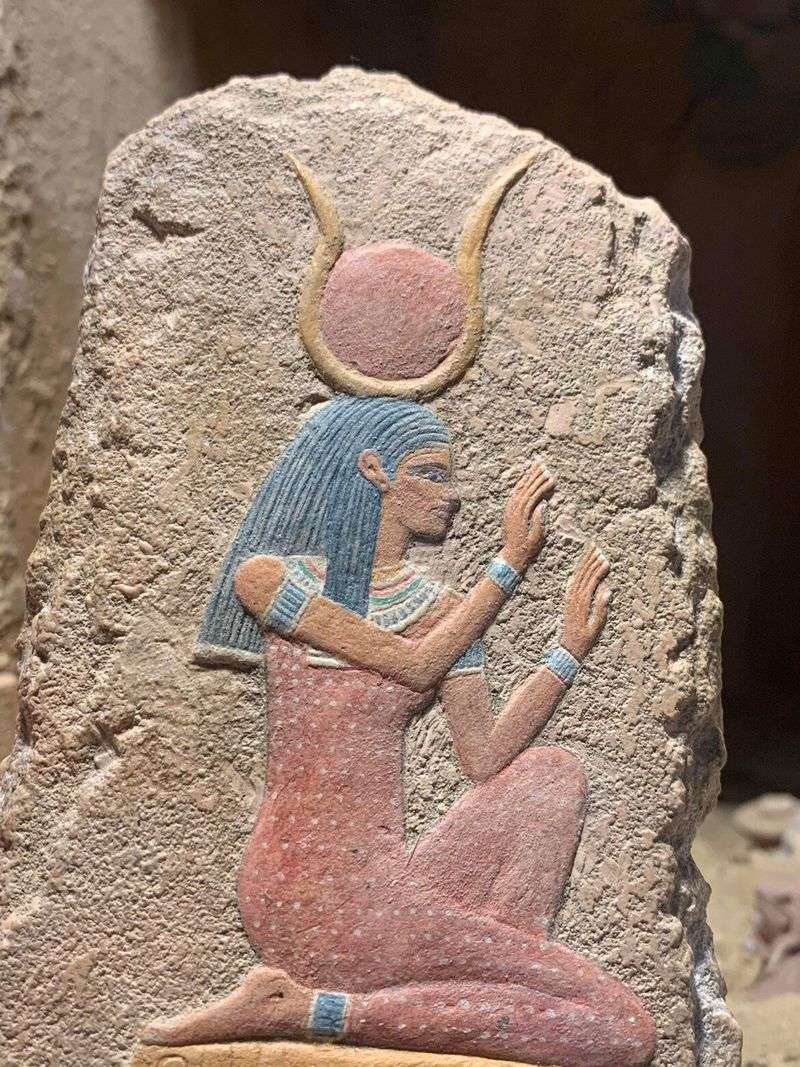
Hathor, the Egyptian goddess of love, beauty, and music, was cherished for her joyful and nurturing attributes. Often depicted with a sun disk and cow horns, she symbolized fertility and motherhood.
Her role as a sky goddess linked her to the afterlife, offering protection and comfort to souls. Hathor’s festivals were exuberant, celebrating music and dance, reflecting her vibrant nature.
Her influence extended to other cultures, known as the “Mistress of the West,” guiding the deceased. Hathor’s legacy of love and joy resonates through time, illustrating the beauty and harmony of the divine.
10. Quetzalcoatl
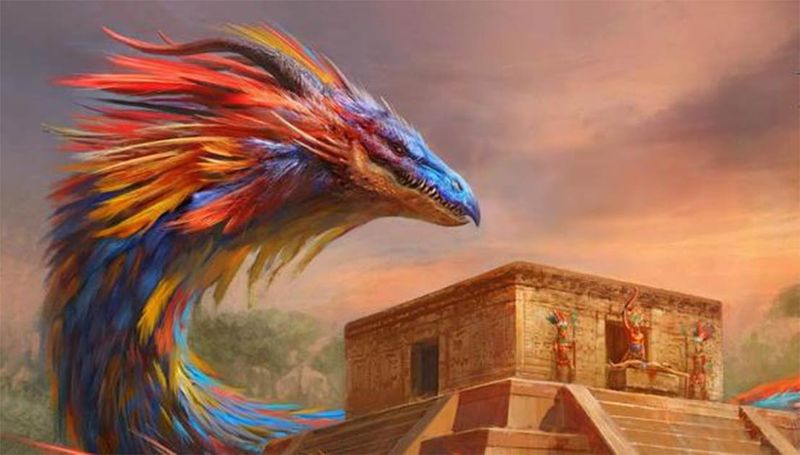
Quetzalcoatl, the feathered serpent deity of Mesoamerica, represented creation, wind, and learning. Revered by the Aztecs and other cultures, he was seen as a benevolent god who brought knowledge and civilization.
His dual nature as both a serpent and bird symbolized the union of earth and sky. Quetzalcoatl’s teachings emphasized peace and wisdom, contrasting with the often-warrior-centric pantheons of his time.
His mythological narratives include tales of sacrifice and rebirth, underscoring themes of transformation. Quetzalcoatl’s legacy endures in modern culture, embodying the quest for knowledge and harmony.
11. Odin
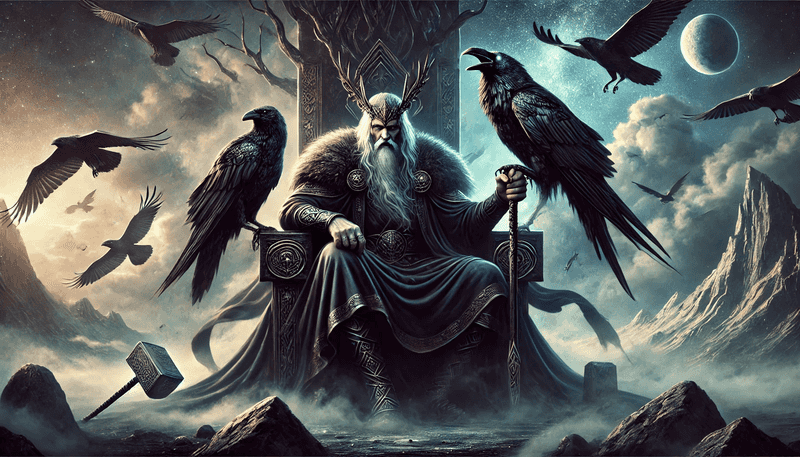
Odin, the all-father of the Norse pantheon, was revered as a god of wisdom, war, and death. His quest for knowledge led him to sacrifice an eye for insight, symbolizing his deep pursuit of understanding.
As a master of magic and poetry, Odin’s influence permeated Viking culture, where he was both feared and venerated. His two ravens, Huginn and Muninn, flew across the world, gathering knowledge for their master.
Odin’s complex character encompasses bravery and sacrifice, making him an intriguing figure. His tales of adventure and wisdom continue to inspire, reflecting the Norse spirit of exploration and courage.
12. Hera
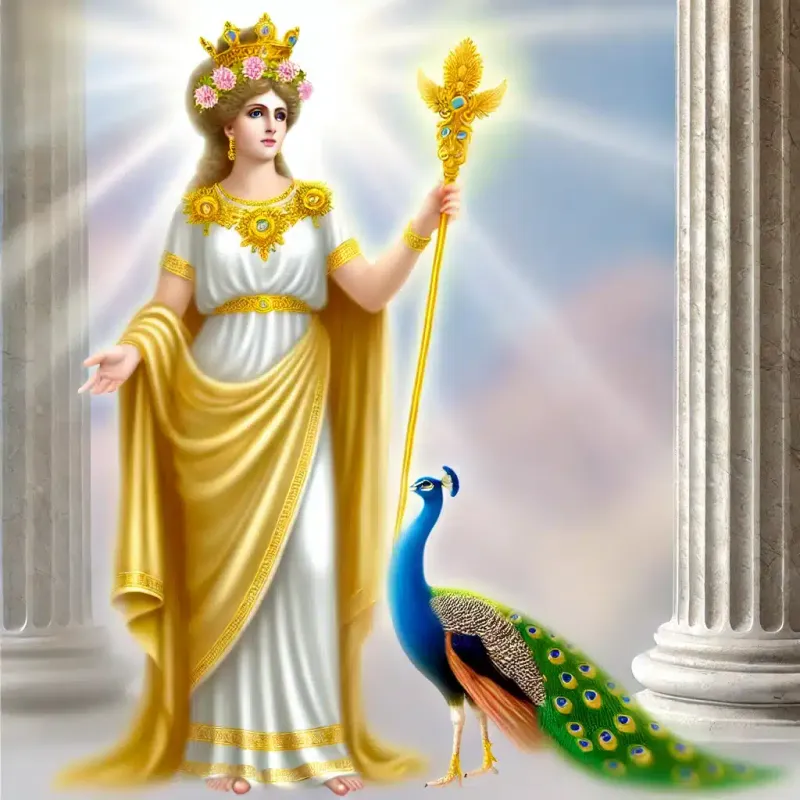
Hera, queen of the Greek gods and wife to Zeus, embodied marriage and family. Her regal presence was both commanding and nurturing, often depicted with a crown and peacock.
Despite her tumultuous marriage, Hera’s influence extended beyond Mount Olympus, symbolizing loyalty and fidelity. Her role as a protector of women and children highlighted her nurturing qualities.
Mythological stories of her jealousy and vengeance towards Zeus’s lovers add depth to her character. Hera’s duality of warmth and wrath paints her as a complex figure, revered and respected in ancient and modern tales.
Hi all, I am Sidney, an accountant, a hobbyist photographer, and a mother to two sweet girls who are my motivation. I love sharing the tips and tricks I gained all these years I’ve been a mother. I hope it will help you!

